The Tata Punch.ev is more than just a shift to electric power; it comes with major changes in the overall package. How do these changes affect it in everyday use? Let’s find out
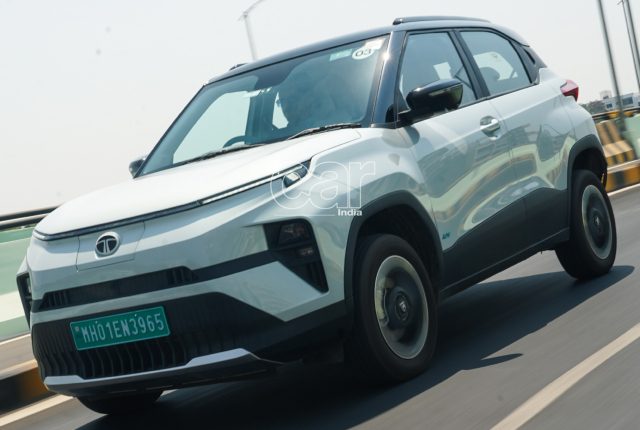
Story: Gaurav Davare
Photography: Apurva Ambep
In the electric vehicle (EV) space, Tata Motors have been the trend-setters, the Punch.ev being another addition to the company’s EV portfolio. The petrol-powered Punch was already popular with its youthful look and because of packing a lot for a micro-SUV. Well, the Punch.ev isn’t just an engine swap; the step up is quite significant. What do these changes mean in everyday use? We spent a fair bit of quality time with the electric SUV to find out.
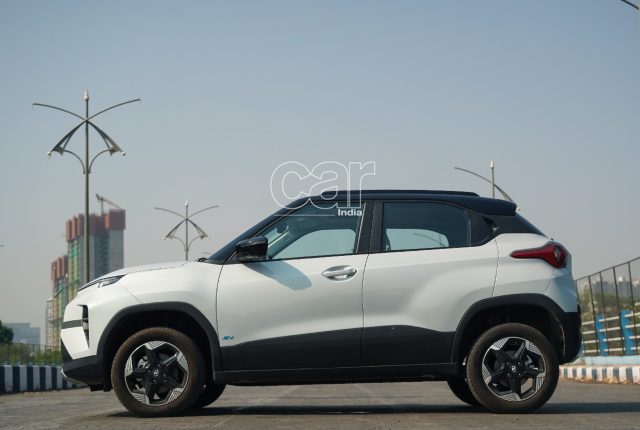
As mentioned earlier, the Punch already looked youthful with its high stance and the Punch.ev adds a futuristic theme. It takes a leaf out of the Nexon.ev with a very angular face, featuring LED DRL, vertical projector headlights, and an aggressive bumper. Badges and the re-styled, futuristic 16-inch alloy wheels apart, most of the Punch.ev looks akin to its ICE counterpart. Crucially, on account of being based on Tata’s new all-electric “Acti.ev” platform which enables multiple body-styles, which means ground clearance remains a healthy 190 millimetres and hides any battery-pack protrusions.

Inside, the quirky and simple layout has been retained, but there are changes inspired by the Nexon.ev. They start with the two-spoke steering wheel with an illuminated Tata logo as well as a new touch-based climate control panel. Physical controls for the temperature and fan speed are appreciated, but the rest of the touch-based controls become a little distracting while on the move. The overall fit-and-finish feels consistent and while Tata have used hard plastics, they feel sturdy and good to touch.
Despite the car’s compact dimensions, the cabin feels spacious, the front seats being wide with a decent amount of bolstering. At the rear, there is a bit of a compromise on space as we wouldn’t recommend a third person to be seated. That said, despite the battery pack raising the floor, the seating position is quite similar to that of the ICE Punch.
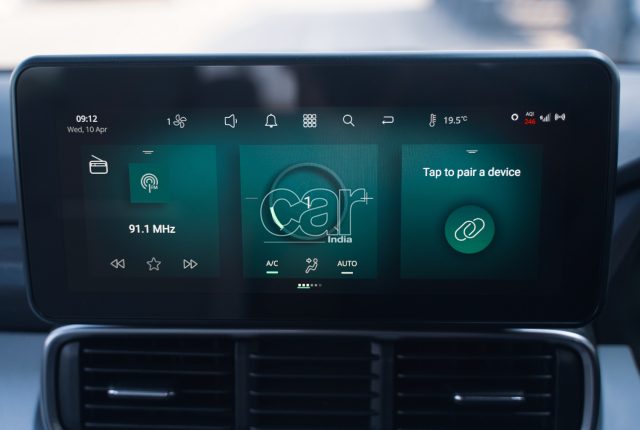
As for the other noteworthy upgrades over the petrol-powered Punch, these include the 10.25-inch touchscreen and digital driver’s display. The touchscreen interface is packed with features such as wireless Android Auto and Apple CarPlay, connected tech, and an in-built Alexa voice assistant. It looks vibrant, there is lag-free operation, and it’s easy to get used to. The digital instrument cluster is easy to use and, like the Nexon.ev, can mirror Google/Apple Maps on the screen.
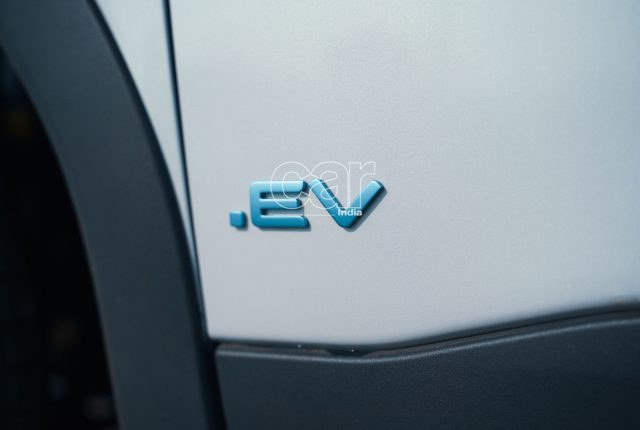
Before we get to the driving experience, lets take a quick look at the specification we’re testing. It is the Empowered+ S Long Range variant, packing a 90-kW (122-hp)/190 Nm electric motor, paired with a 35-kWh battery pack, with a claimed range of 421 kilometres. Acceleration is impressive for its size, although not overly dramatic; which isn’t a bad thing as its linear power delivery won’t scare you and is comfortable for regular city driving. The Eco and City drive modes are enough to meet your daily driving requirements and the Sport mode adds a great deal of fun. The only gripe here is the rotary drive selector knob, which is quite laggy to use.
What is truly impressive about the Punch.ev is its driving dynamics. The light steering makes for easy manoeuvrability in traffic and tight spots and it weighs up nicely at higher speeds. Big brownie points for its ride quality as the suspension tackles a variety of surfaces with ease and gets unsettled only when you really push it on rough roads.
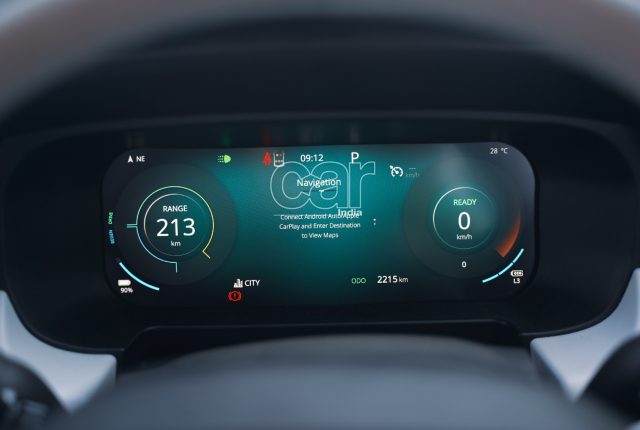
Now to the all-important test of how much you can eke out on a single charge. We started at an expected range of 248 km and covered nearly 120 km with the a-c shaving off 15 km in each drive mode. At the end of our test, we had over 100 km of expected range left, which means a realistic 210 km, enough for a comfortable Pune to Mumbai trip. Helping maximize the range are paddle-operated regenerative braking modes (Level 0, 1, 2, and 3). At its highest mode, deceleration is a bit too strong and could’ve been smoother. Keep in mind that you can’t achieve pure single-pedal driving as the EV does creep at five km/h. Level 2 regeneration is ideal for the city while Level 1 is good for the open roads.

The Punch.ev supports both AC and DC charging. You get a 3.3-kW portable charger as standard and the top-spec variants also get the option of a 7.2-kW AC fast-charger. (You need to shell out an additional Rs 50,000 for that). A 50-kW DC fast charger allows for a 56-minute 10-80 per cent claimed charge time.

With prices ranging from Rs 11 lakh to Rs 15.49 lakh for the Empowered+ S Long Range (all prices ex-showroom) we had on test, the Tata Punch.ev has a lot going for it. It is nice to look at, is loaded with technology, and is a convenient daily driver. True, rear seat space is not generous and the price of the higher variants seems steep, but you get a lot for that money. In fact, there are some features that push this car at least a segment above.
Thus, if you’re willing to sacrifice a bit of rear-seat space for a well-loaded package with no tail-pipe emission, then the Tata Punch.ev ticks those boxes.


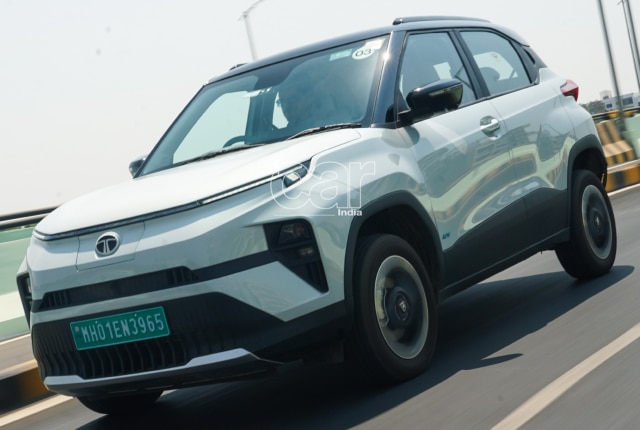



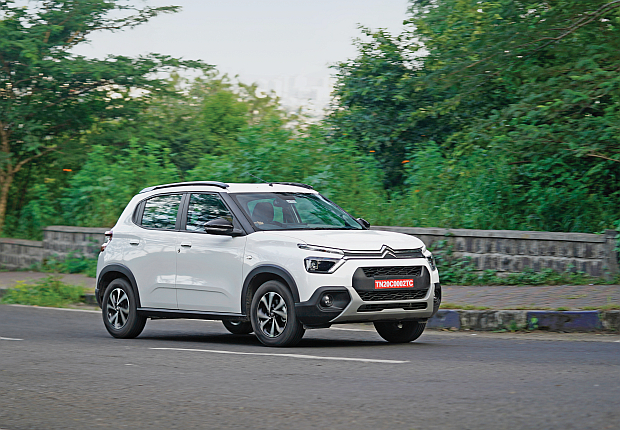



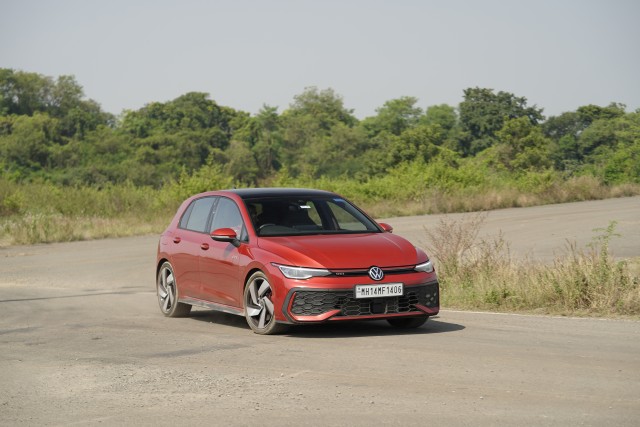


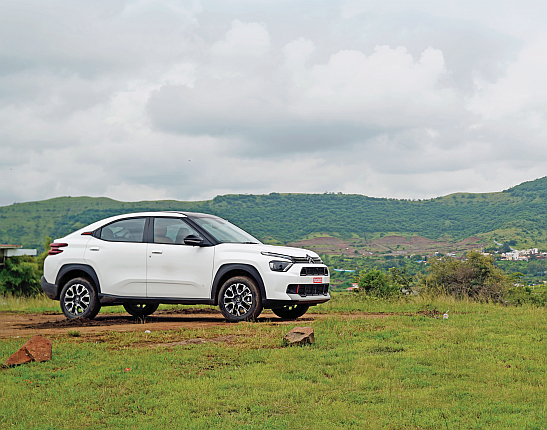
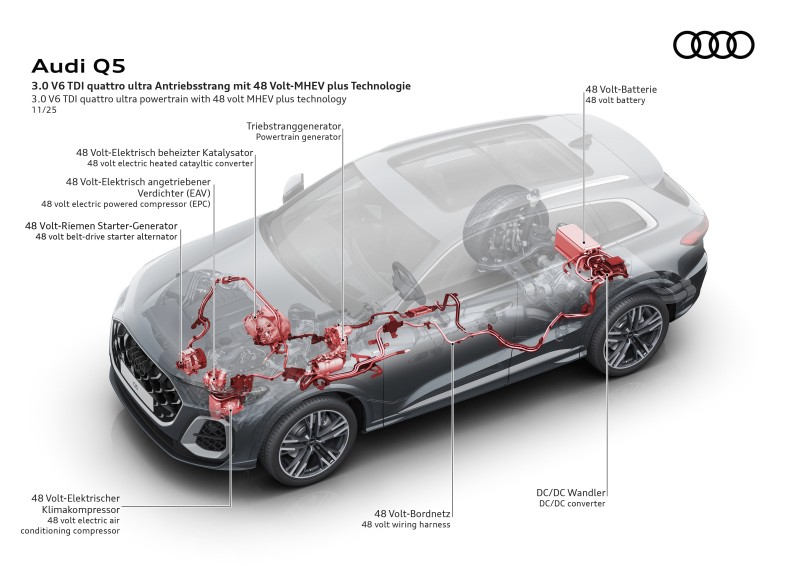
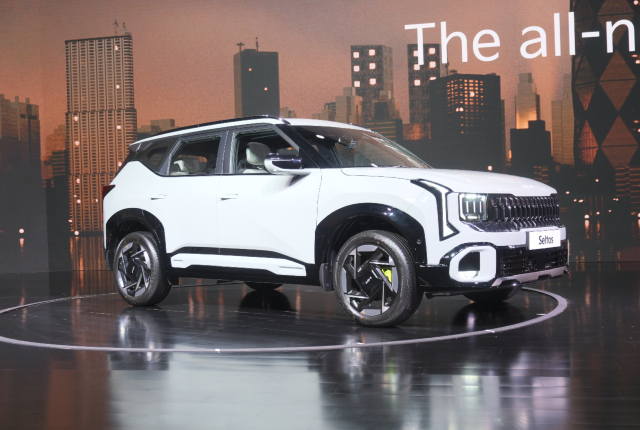
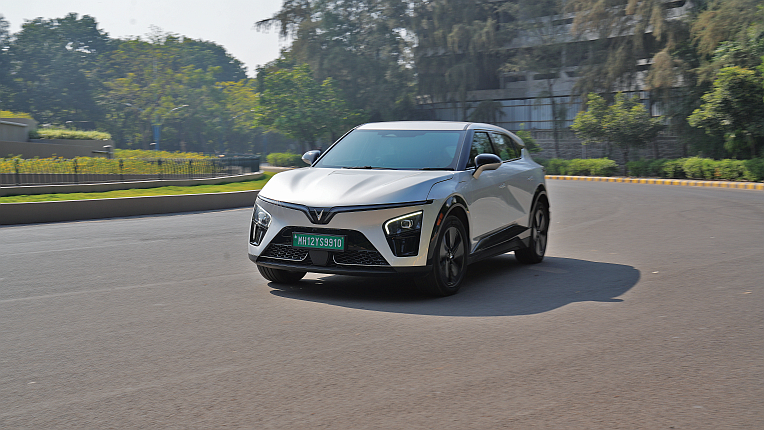


Leave a Reply